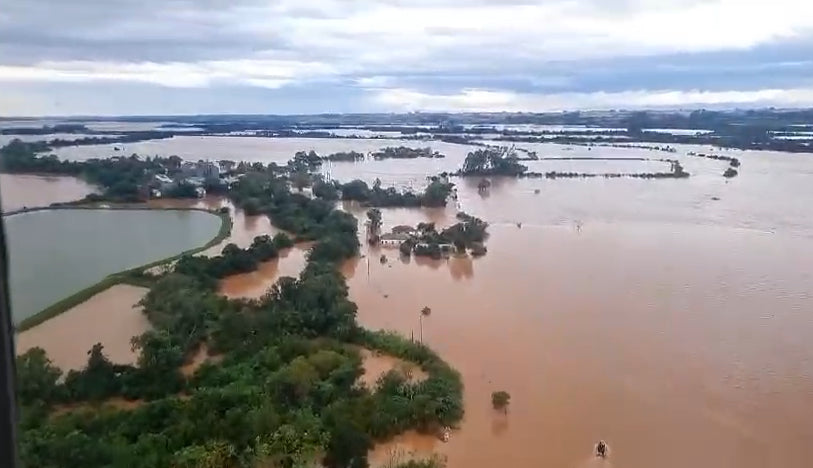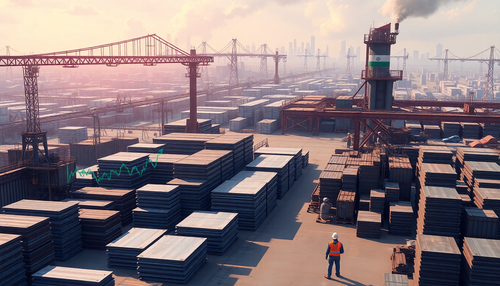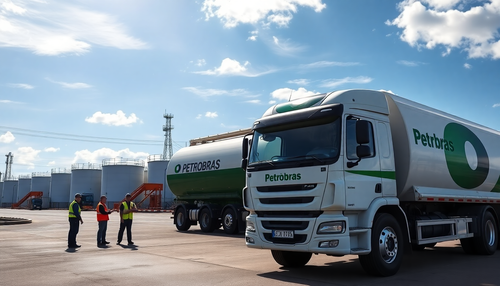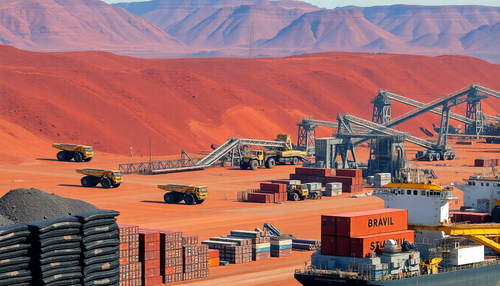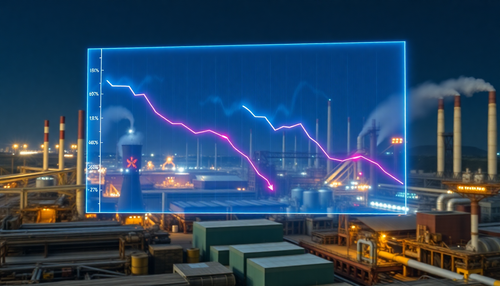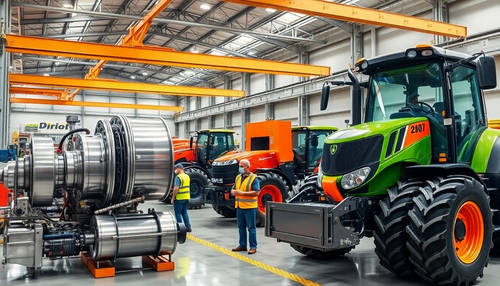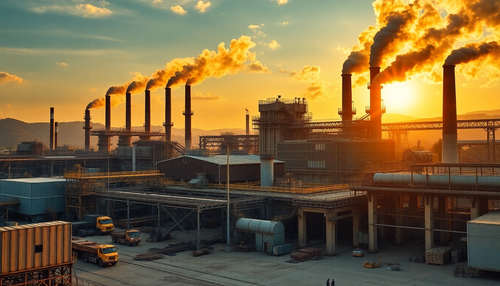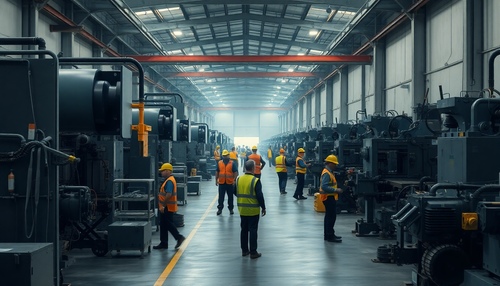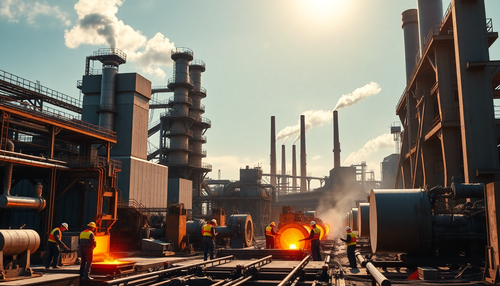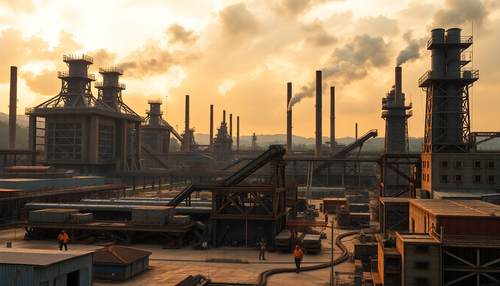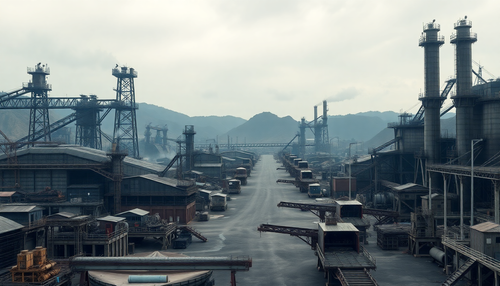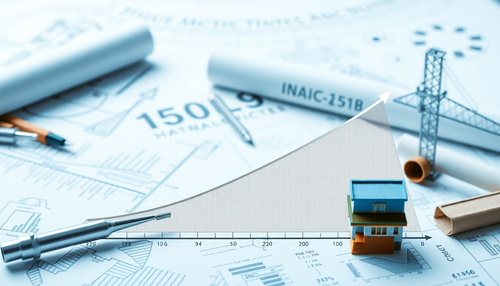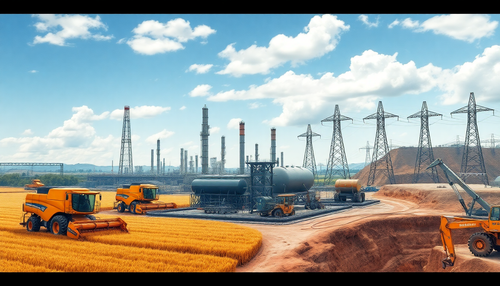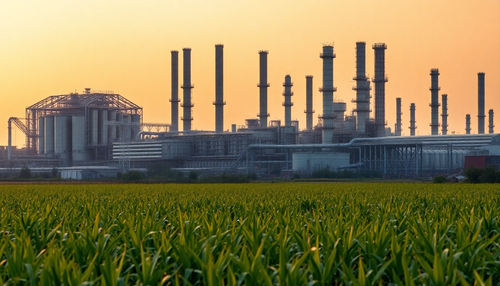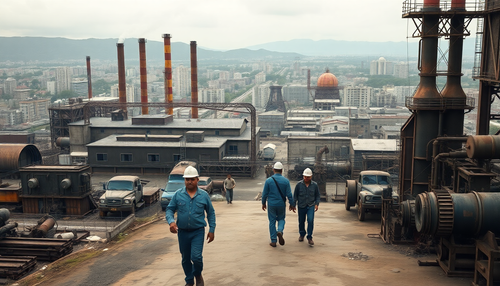
Impact of heavy rains in Rio Grande do Sul
Climate Phenomenon in Southern Brazil
Last weekend, Rio Grande do Sul faced one of the worst climate crises in its recent history. The drastic increase in the water level of the Guaíba, which exceeded the flood level in Porto Alegre, is just one indication of the severity of the event. The heavy rains impacted not only the capital, but several regions of the state, leading to a maximum alert situation.
Collapse of the 14 de Julho Dam in Serra Gaúcha
The recent collapse of the 14 de Julho dam is an event that profoundly marked the state of Rio Grande do Sul, raising serious questions about the safety of critical infrastructure in times of climate crisis. According to Governor Eduardo Leite, the incident occurred due to the intense rains that have persisted in the region since the beginning of the week. This dam, which plays a vital role in containing water for the Serra Gaúcha region, was unable to withstand the excessive volume of water, leading to immediate concerns about the environmental and social consequences of this disaster.
The situation requires an immediate investigation to understand the failures that led to the structure's failure and to evaluate other dams at similar risk in the state. The catastrophe reinforces the need to review and strengthen dam safety and maintenance measures, especially in areas susceptible to extreme rain events. The impact of this collapse extends beyond the immediate damage, affecting the water supply, aquatic life and riverside communities, configuring an urgent scenario for recovery actions and prevention of future tragedies.
The Growth of Water Levels and Its Consequences
On Thursday afternoon, the water level of Guaíba reached 3.14 meters, exceeding the established flood limit of 3.00 meters. In response, Porto Alegre City Hall took immediate measures, closing the flood protection system floodgates to try to minimize impacts on the city center.
Red Alert: Civil Defense Guidelines
Civil Defense issued an urgent alert for residents of areas close to Guaíba, in the municipalities of Porto Alegre (South Zone), Guaíba and Eldorado do Sul, to leave risk areas and seek public shelters or other safe places. This warning reflects the seriousness of the situation and the need for immediate action to ensure the safety of the population.
The Complexity of the Guaíba River System
The Guaíba, an estuary that receives the waters of several rivers such as the Jacuí, the Gravataí and the Sinos, plays a crucial role in the hydrographic system of Rio Grande do Sul. Its connection with Lagoa dos Patos and, consequently, with the Ocean Atlantic, makes the region particularly susceptible to climatic and maritime variations.
Future Forecasts and Projections
Governor Eduardo Leite warned that water levels could reach up to 4 meters, an unprecedented level that would surpass the worst flood since 1941. These projections indicate not only an immediate crisis, but also the possibility of continued problems if adequate containment measures and management are not implemented.
The Current Situation: Deaths, Disappearances and Displacements
To date, intense rains have resulted in 24 confirmed deaths and 21 people are still missing. The crisis directly affected 67,800 people, with 14,500 people displaced from their homes, of which 4,599 are in shelters and 9,993 are homeless, staying with family or friends.
Contributing Meteorological Factors
Meteorologists point out that the situation is exacerbated by a combination of intense wind currents, a corridor of humidity originating in the Amazon and an atmospheric blockage that prevents the dispersion of cold fronts. These factors are worsened by climate change, which intensifies the frequency and severity of extreme events.
Concluding
Heavy rains in Rio Grande do Sul are a dramatic reminder of the region's climate vulnerabilities and the need for adequate preparation and response. As the climate continues to change, it is imperative that emergency management policies and practices evolve to protect lives and property.
We invite readers to share their experiences and opinions about flood prevention and management measures in Rio Grande do Sul. How can we improve the response to these crises in the future? Comment below your suggestions and insights.

